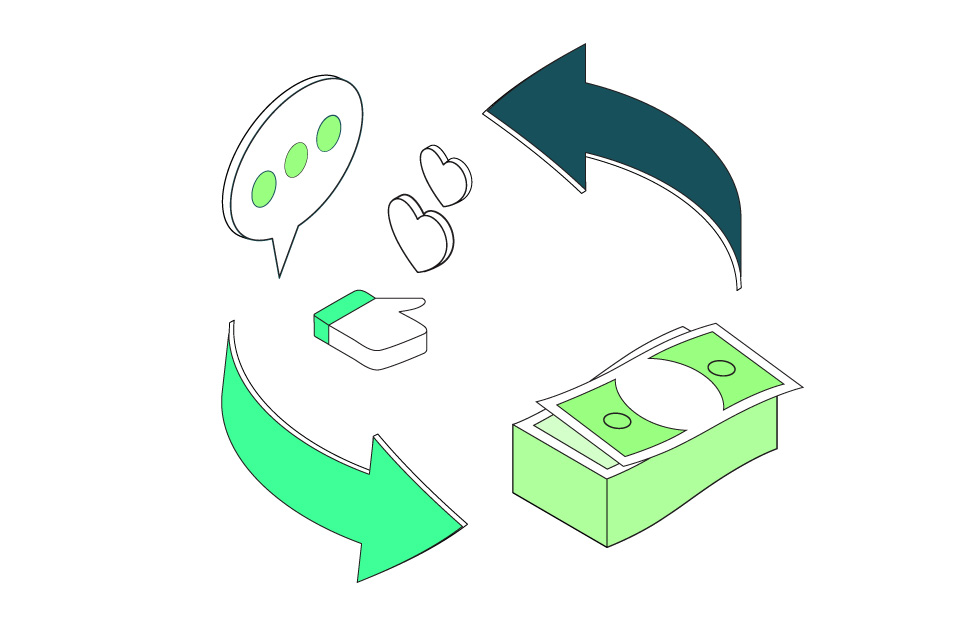So much has changed in the last couple of years through the pandemic, Brexit, the war in Ukraine and now the cost of living crisis that I believe we are seeing a watershed in customer attitudes to their relationship with organisations.
The step change that has occurred means businesses need to be clearer than ever on their proposition to customers and the ways in which they serve them.
Some of the changes taking place have long roots – they were already underway before Covid struck. These include digitisation, a greater willingness to self-serve for more transactional activities, and an increasing focus on environmental and sustainability issues.
But recent research we have conducted amongst over 5,000 consumers, supplemented by interviews with 20 senior executives from brands ranging from BT to Boots, published in our report “Evolution or Watershed?“, shows that certain customer priorities have grown much more pronounced and could have a lasting effect on consumer behaviour.
A more conscious and mindful consumer
The over-riding concern amongst consumers across a range of essential services is quality. It’s the top criteria for 75% of customers. There may be nothing very new in that, but it is also allied to thinking more carefully about whether to make a purchase in the first place. Customers have become more mindful and considered in their buying behaviour, even before today’s economic challenges, with the greatest swing seen towards buying things that last (41%).
A quarter of customers (26%) have already cut back on the consumption of physical goods. There is a striking coalescence of different motivations here: to save money, de-clutter and reduce harm to the environment. This is another area where quality manifests itself – customers may cut back on the quantity of their purchases in order to keep affording quality.
What I believe we are seeing is the rise across income brackets and ages of a more thoughtful consumer who doesn’t want to spend and consume for its own sake. The approach is more measured, targeted and deliberate about waste and resources. You could say it’s a less ostentatious approach, with a greater emphasis on reuse, upcycling and value that lasts.
The emergence of three key customer groups
Within this, we noted the emergence of three main customer groups in our research. Customer segmentation is never an exact science and these groups are not definitive but I think they will be a helpful lens through which organisations can think about their own customer base. Across all groups, quality remains the number one priority but alongside this certain other values and attributes are critical:
- The ESG Customer (roughly 25% of customers). This group is motivated by the ESG agenda and cares about the provenance of goods, their impact on the environment, their carbon footprint, organisational ethics, and the values that an organisation embodies and demonstrates. They are interested in options that allow them to upcycle and cut consumption.
- The Connected Customer (35%). This group wants to be able to use smart technology and digital channels, prizing efficiency, optionality and ease in their dealings. They research online and give weight to reviews. They expect personalisation and personalised recommendations. They value convenience and speed.
- The Transactional Customer (40%). Customers in this segment put the most emphasis on price and the availability of low cost options. They want doing business to be easy and convenient. They expect clear and straightforward processes, signposting and language. They don’t invest as much as the other two groups in their relationship with the brand. They simply want to be able to transact and get their business done.
Thinking about the segmentation of your customer base can help in a number of ways. It can inform the design of the customer experience. It can help you think about your customer service dialogue and questioning to identify key needs, preferences, opportunities and concerns. And it can aid you in redefining customer propositions and messaging to heighten relevance.
Service is a critical differentiator
Another core finding in our research is that, across customer groups, there is a common demand to be able to contact organisations and speak to a person when needed. Service remains critically important. Customers’ biggest fears are that organisations will become harder to contact and seek to maximise profit at the expense of customer service.
There’s a lot to digest in these fast-moving and unpredictable times. But it is clear from our research that customer attitudes really have changed over the course of the last couple of years. Quality, value, service and trustworthiness matter, while the age of mass consumption and spending could be on the wane.
For organisations, it’s essential to know your customers – how do they broadly segment and what are they really looking for from you? Use that insight to create a customer experience and service journey that aligns to customer needs. The businesses that get this right can still prosper even in challenging economic times.
Picture credit: Freepic



